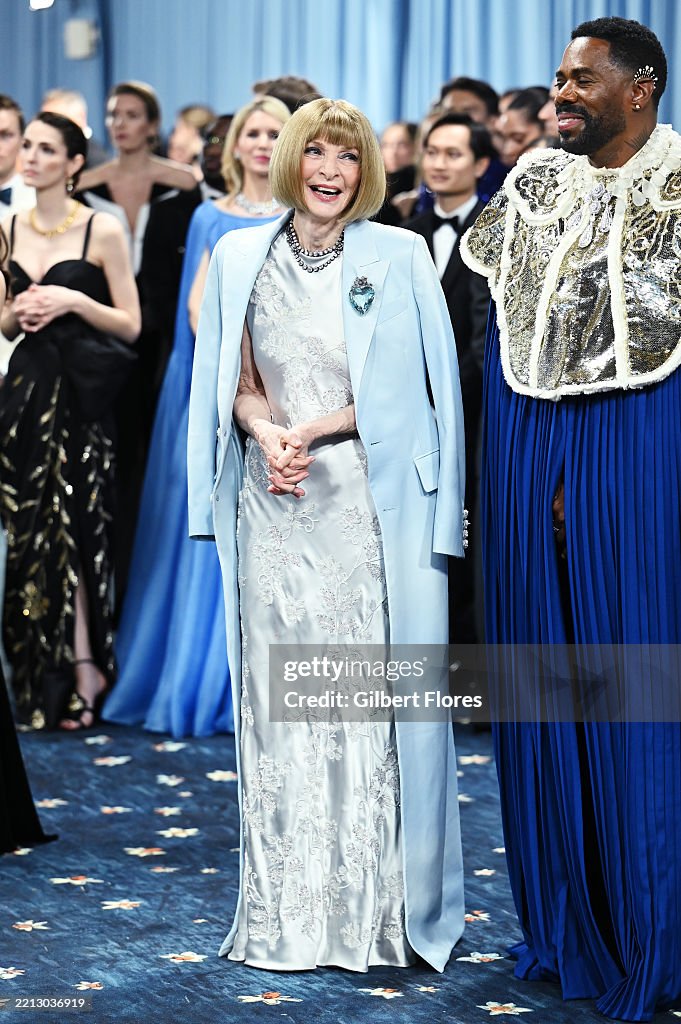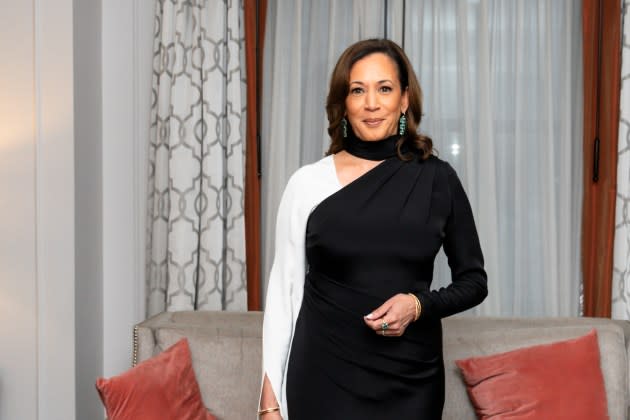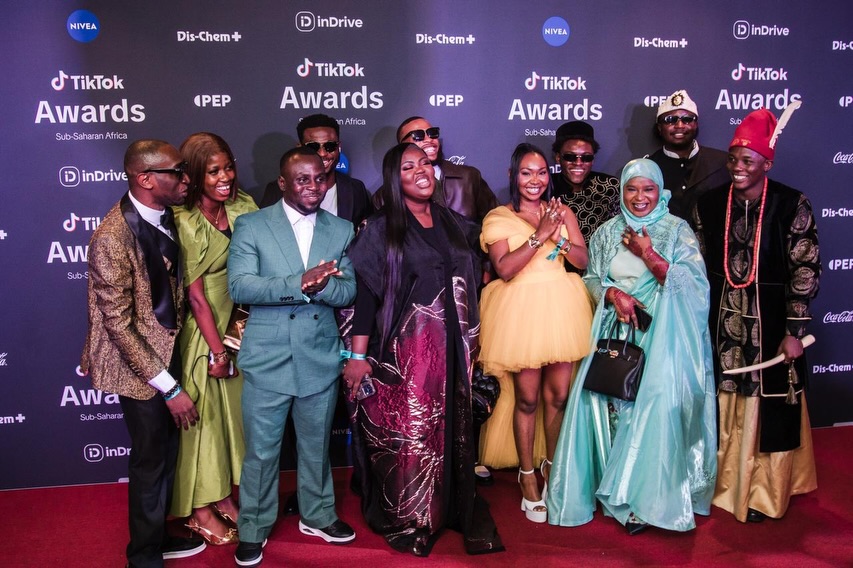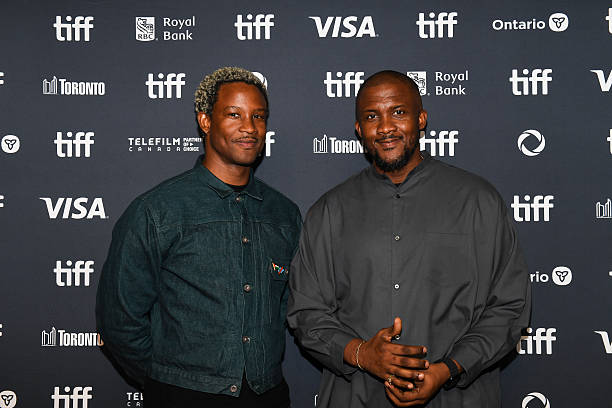Bomi Anifowose
“Superfine: Tailoring Black Style.”
That was the theme. That was the promise. And for a few moments on the Metropolitan Museum of Art steps this past Monday night, it almost felt like fashion was finally speaking with a Black tongue, not just borrowing it.
There was Colman Domingo in a royal-blue Valentino cape that looked like it had been sketched by an ancestor and sewn by a prophet. Dapper Dan, the Harlem couturier who’s done more for Black fashion than the Met’s entire archives, shimmering in Sankofa symbolism at age 80. And A$AP Rocky, always one fedora away from Harlem Renaissance cosplay, finally standing where his references live. For the first time in over two decades, the Met Gala centered menswear—and more radically, it centered Black style.
But if the tailoring was revolutionary, the context wasn’t.
Because here’s the uncomfortable truth: The 2025 Met Gala felt less like a celebration and more like a museum’s version of “Black Panther.” Gorgeous, high-budget, and still owned by the institution.
Black Elegance as Theme, Not Default
For years, Black designers and style curators have been the unsung backbone of global fashion. Their influence is stitched into every corner of popular culture, from Naomi’s strut to Rihanna’s maternity chic. Yet, it took until 2025 for the Met Gala to build a theme around Black tailoring. Not Black fashion at large. Not diasporic dress. Just tailoring. And even that felt like a curated thesis statement rather than an organic invitation.
This wasn’t a reckoning. It was a catalog.
Colman Domingo and the Royal Blue Rebellion:

Colman’s look deserves its own thesis. The royal blue, the North African jewelry, the architectural shoulder pads that said “freedom fighter, but make it editorial.” He wasn’t dressing for Vogue. He was dressing for ghosts. And it worked.
But here’s the thing: when someone like Colman dares to wear history, the red carpet treats it like drama, not dialogue. We saw costume. We didn’t see code. And that’s part of the problem. Black elegance is always read through the lens of theatre, never default.
Kamala Harris in the House: Historic or Hollow?

Kamala Harris made her Met Gala debut in a black-and-white gown by IB Kamara, a quiet nod to heritage. Though no longer Vice President, her appearance still sparked controversy. Critics called her elitist, out-of-touch, performative.
But let’s be clear: the outrage wasn’t about her gown. It was about her optics. Because if the Met Gala is the height of wealth theatre, then a former VP showing up in couture feels like a contradiction in motion. The gown might’ve been graceful, but the moment? Messy. We’re not mad at her clothes. We’re mad at her context.
The Dandy Dilemma:
Everything is Fine and Dandy
— @Mentionme (@MentionME) May 6, 2025
MET GALA 2025 pic.twitter.com/dgohAdPAwT
The Black dandy has always walked a tightrope: flamboyance as defiance, tailoring as armor. But the Met Gala turned that history into a mood board. The spectacle was stunning, yes, but at times, the curation felt… overly manicured. As though the exhibition didn’t just honor dandyism, it neutered it.
Where was the rawness? The discomfort? The edge that made Black style revolutionary in the first place? By the time you saw three men in ivory suits and pearl canes, it started to feel like a TikTok trend, not a statement. And if everything is aesthetic, nothing is protest.
Instagram vs. Institution
Despite the no-phone policy, Megan Thee Stallion, Halle Bailey, and Questlove went full rebel and posted behind-the-scenes content. A decade ago, this would’ve been called disrespect. In 2025, it feels like a digital jailbreak.
Because deep down, we know that the most honest expressions of Black style don’t happen under Anna Wintour’s watchful eye. They happen in living rooms, on the timeline, in group chats. Maybe breaking the no-phone rule wasn’t just disobedience, it was a subtle reclaiming of narrative.
So, What Now?
The 2025 Met Gala was a triumph of curation. But curation isn’t freedom. Curation is control. It tells you what Blackness should look like when it’s dressed to impress white money.
And that’s what lingered under the satin lapels and emerald watches: the sense that we were still performing—dignified, dazzling, but still performing—for a table we didn’t set.
The tailoring was flawless. The messaging was loud.
But until Black style is treated as baseline, not exhibit, we’ll keep showing up in elegance… only to be framed like artifacts.




